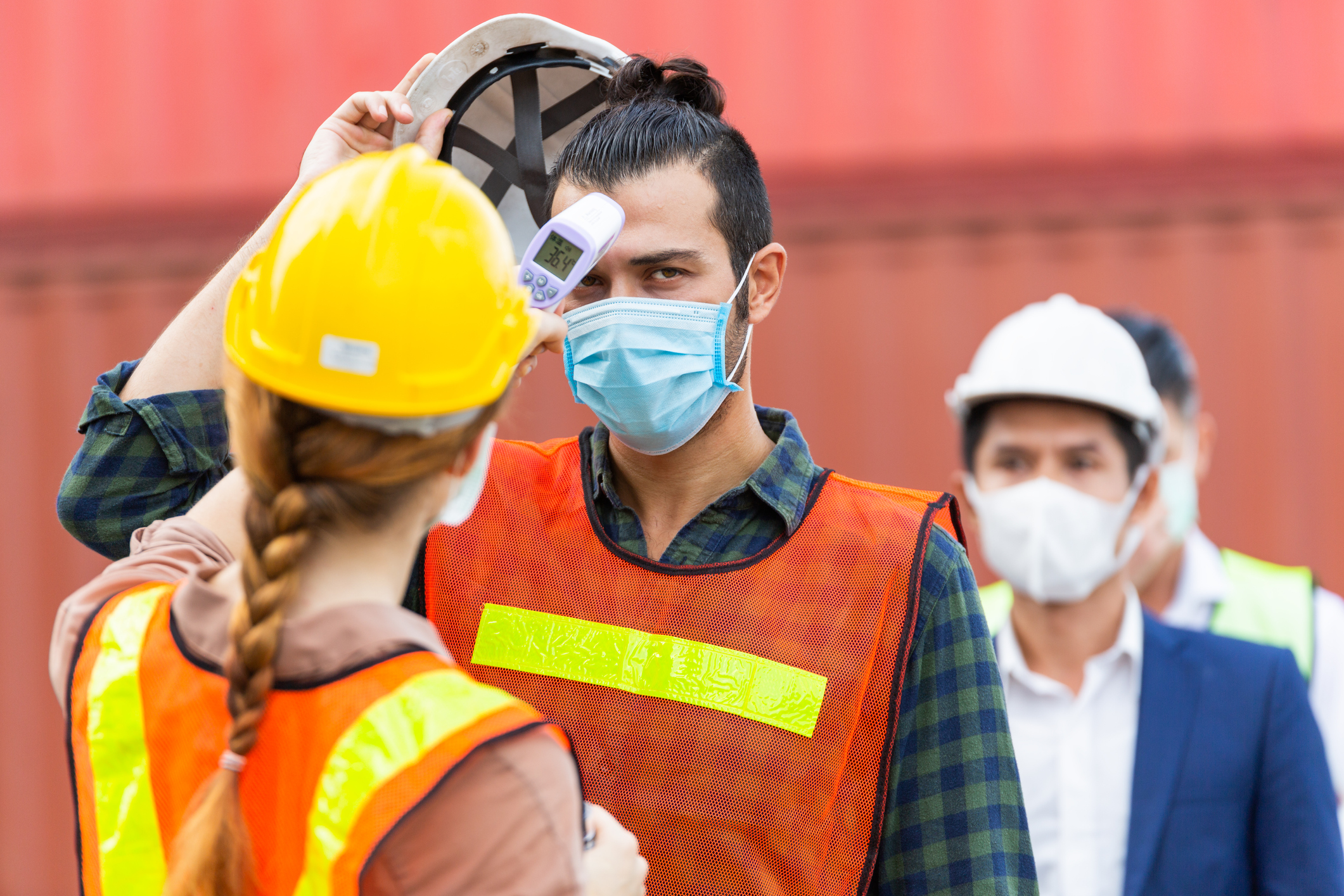California, the most densely populated state in the United States, is known for its booming economy and diverse industries. However, with such a vast workforce and economic activity comes the potential for numerous health and safety hazards in the workplace. To address these concerns and ensure the well-being of workers, the Occupational Safety and Health Administration (OSHA) plays a crucial role. This blog post will explore common health and safety hazards in California workplaces and discuss the role of OSHA in preventing and managing these risks.

Health and Safety Hazards in California

- Wildfires: California's wildfire season has become increasingly intense and dangerous over the years due to climate change, posing a significant hazard to the health and safety of outdoor workers, including firefighters, construction workers, and agricultural laborers. In addition, wildfires produce harmful air pollutants, such as particulate matter and ozone, leading to respiratory issues, eye irritation, and other health problems.
- Earthquakes: As California is located on the seismically active San Andreas Fault, earthquakes are a constant concern for its residents. As a result, workplaces must be prepared to protect employees from the hazards associated with earthquakes, such as falling objects, building collapses, fires, and gas leaks.
- Agricultural Hazards: California's massive agricultural industry exposes workers to various health and safety hazards, including pesticide exposure, heat stress, repetitive motion injuries, and hazardous equipment.
- Construction Hazards: The construction industry in California is bustling, but it comes with various hazards. Falls from heights, electrocutions, being struck by objects, and being caught in/between accidents are the most typical causes of severe injuries and fatalities in the construction sector.
- Chemical Exposure: Workers in various industries, including manufacturing, healthcare, and janitorial services, may encounter hazardous chemicals that can cause health issues such as respiratory problems, skin irritation, and long-term health effects like cancer.
The Role of OSHA in California
- Establishing and Enforcing Regulations: OSHA protects workers by establishing and enforcing health and safety regulations. In California, the state's Division of Occupational Safety and Health (Cal/OSHA) enforces these standards, often more stringent than federal OSHA requirements. Cal/OSHA aims to minimize workplace hazards and prevent injuries, illnesses, and fatalities by ensuring employers adhere to these regulations.

- Inspections and Investigations: Cal/OSHA conducts regular workplace inspections to ensure compliance with safety regulations. In the event of an accident or complaint, Cal/OSHA can launch an investigation to determine the cause of the incident and ensure that proper corrective actions are taken to prevent future occurrences.
- Education and Training: Cal/OSHA offers resources, training, and guidance to help employers and employees comprehend their rights and responsibilities under the law. By educating workers and employers on the importance of workplace safety, OSHA helps create a culture of safety that can prevent accidents and injuries. For instance, completing your OSHA 30 course will not only comply with OSHA Training Requirements but will also allow you to build a safety culture at your workplace.
- Recordkeeping and Reporting: Employers in California are required to maintain records of workplace-related injuries and illnesses, as well as report specific incidents to Cal/OSHA. This recordkeeping and reporting system helps OSHA identify trends and potential hazards, allowing them to target its efforts toward the most pressing workplace safety issues.
- Whistleblower Protection: OSHA protects workers who report safety violations, ensuring they are not retaliated against for their actions which encourages workers to speak up when they witness dangerous conditions, ultimately helping to create a safer work environment for everyone.

Final thoughts:
The diverse industries in California present a unique set of health and safety hazards for its workforce. Through establishing and enforcing regulations, inspections and investigations, education and training, recordkeeping and reporting, and whistleblower protection, OSHA plays a vital role in ensuring the well-being of workers in the state.
With the ongoing support of OSHA and the cooperation of employers and employees, California can continue to address and minimize these hazards, fostering a safer and healthier work environment. By staying vigilant and proactive, the Golden State can maintain its status as an economic powerhouse while prioritizing the safety and health of its workers.

